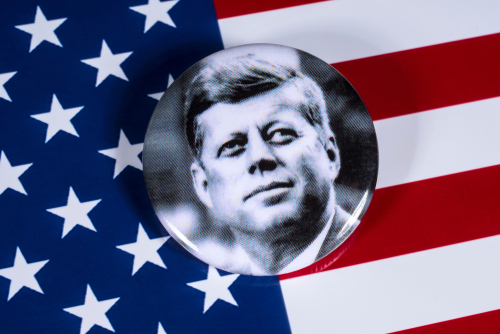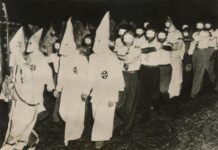
In a remarkable display of resilience and technological prowess, the NASA-backed Peregrine mission has successfully rectified an in-flight anomaly, ensuring that its precious cargo, including a hair sample from the late President John F. Kennedy, remains on course for a lunar landing. This mission marks a significant milestone as it represents the first U.S. lunar lander endeavor since the legendary Apollo missions, heralding a new era in space exploration driven by private sector innovation.
The Vulcan Centaur rocket, which launched from Cape Canaveral Space Force Station in Florida, experienced a momentary setback when the attached 1.2-ton lander encountered difficulties positioning its solar panels towards the sun—a critical maneuver for charging its batteries for the journey ahead. However, the adept mission team’s swift action to re-establish communication and correct the craft’s trajectory exemplifies the unwavering determination and expertise at the heart of this ambitious project.
JFK DNA???🧬 https://t.co/zVEI8OMWBE pic.twitter.com/CcBCxFzNBc
— The Sacred Blue Tent (@SabrinaGal182) January 8, 2024
Carrying $108 million worth of NASA instruments, the Peregrine lander is not only a vessel for scientific discovery but also a symbolic carrier of human legacy. Alongside the DNA and ashes of around 60 individuals, including three Star Trek actors, the inclusion of hair samples from Presidents Kennedy, Dwight D. Eisenhower, and George Washington serves as a poignant reminder of the enduring spirit of American leadership and exploration.
This mission, organized by Celestis, is part of NASA’s Commercial Lunar Payload Services program, which aims to leverage commercial partnerships to advance lunar exploration. The successful launch and subsequent recovery from the anomaly demonstrate the program’s potential to achieve groundbreaking scientific and cultural objectives while fostering a competitive and innovative space industry.
All the proof you need that Israel was behind the assassination of JFK pic.twitter.com/IO1Rt3dTns
— Vincent James (@davincentjames) January 4, 2024
The lander’s journey to the moon is not just a technical achievement but also a tribute to the human desire to reach beyond our earthly confines. The inclusion of human remains and DNA is a testament to our quest for immortality, as we seek to leave a lasting imprint on the cosmos. It is a mission that carries the dreams and aspirations of many, symbolically extending humanity’s presence to our celestial neighbor.
As the Peregrine lander continues its voyage, it is expected to touch down on the lunar surface in February, a mere month away. This landing will not only be a triumph of human ingenuity but also a moment of reflection on our place in the universe. It is a step towards future endeavors that may one day see humans living and working on the moon, further expanding our horizons.
The success of this mission thus far is a beacon of hope for future space exploration. It showcases the potential for public-private partnerships to overcome challenges and push the boundaries of what is possible. As the lander makes its final approach to the moon, it carries with it the collective will and ambition of a nation that has long been a pioneer in space exploration.
In conclusion, the Peregrine mission stands as a shining example of American excellence and the spirit of exploration that has always defined us. As we await the historic lunar landing, we are reminded of the boundless possibilities that await us in the final frontier and the role that steadfast determination and innovation play in reaching them.












